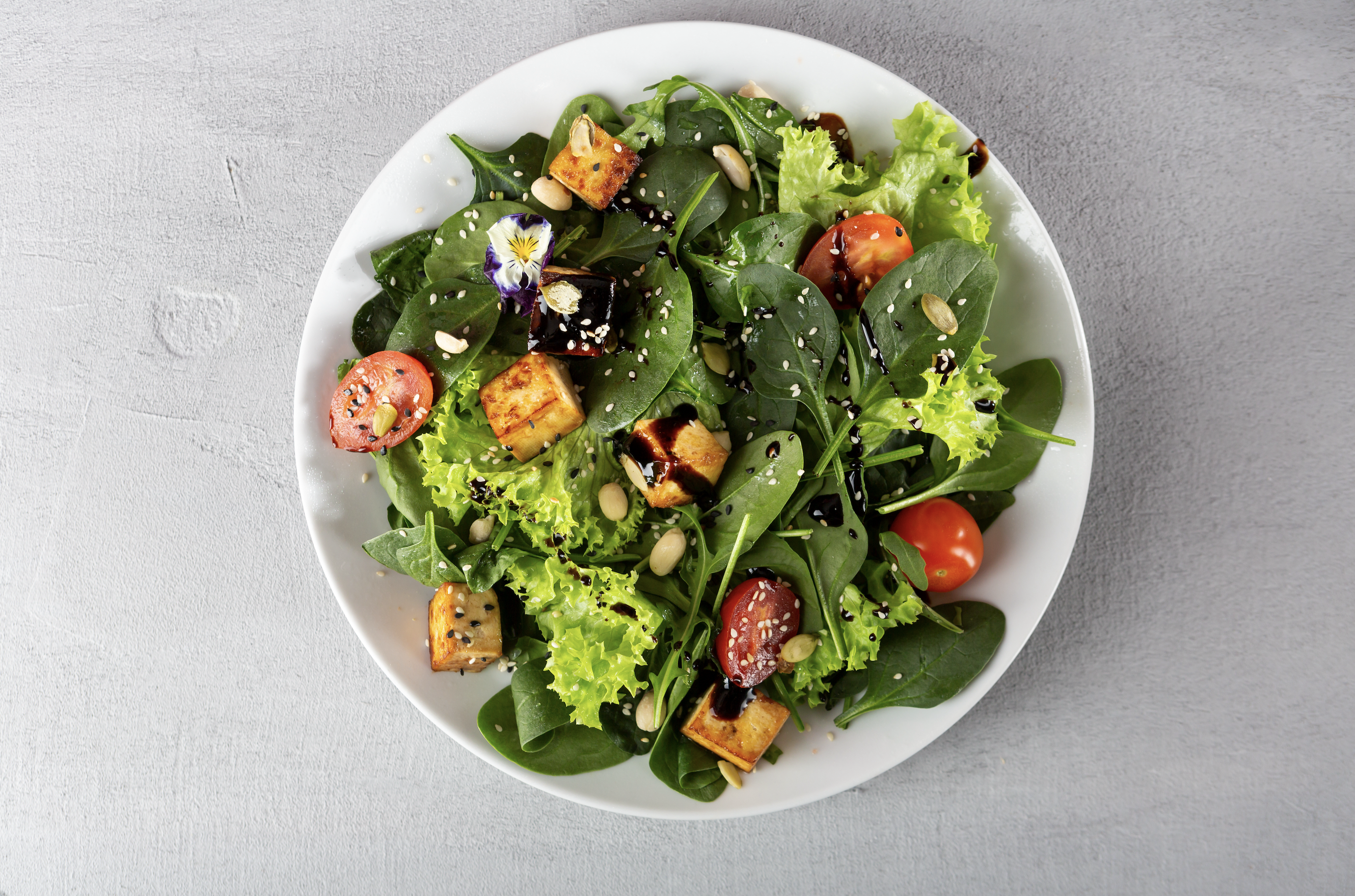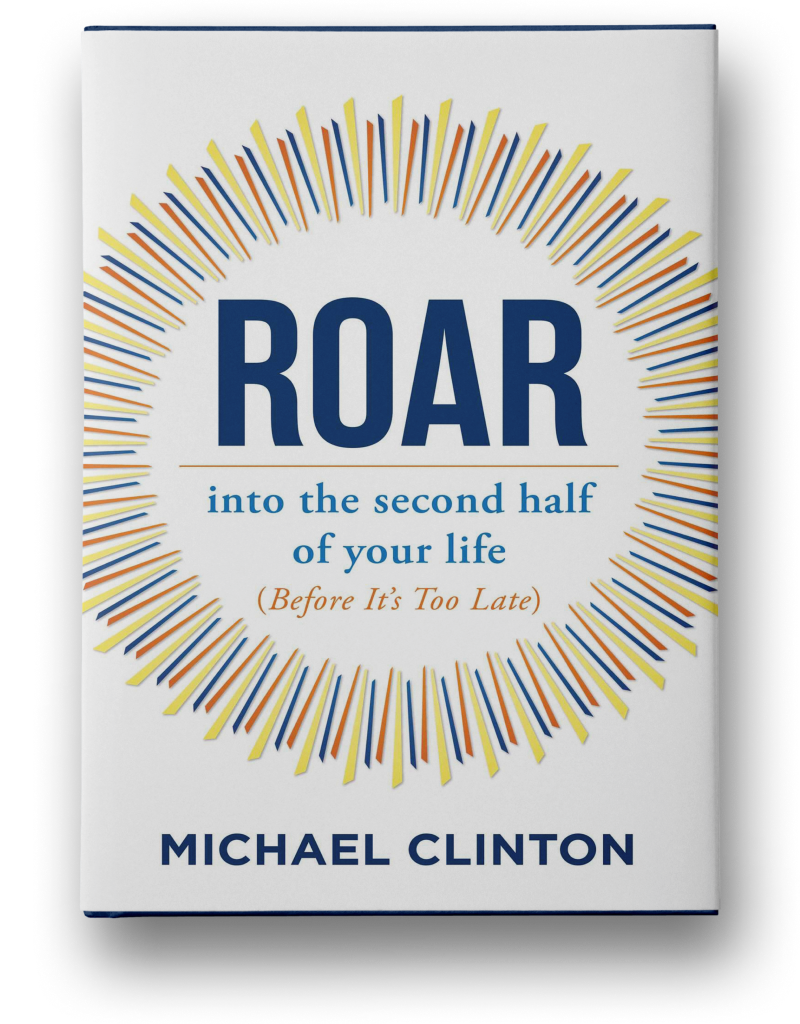
By Frances Largeman-Roth, RDN
The ingredients in these bowls work behind the scenes to help you live longer and stay in top form.
Early morning beach walks, warm nights eating al fresco with friends, twilight runs in the park. There’s so much to savor in the summer. But at the top of my list is all of that mouthwatering produce: perfect ruby red tomatoes, watermelon bursting with bright flavor, peaches dripping with fragrant juice—it’s all ripe for the picking (and salad-tossing).
The best bowls include ingredients that offer crunch, sweetness, saltiness, and creaminess, as well as enough protein to keep you feeling full. The salad combos below do all of that plus provide health benefits that have been proven to boost immunity, fight inflammation, keep bones strong, lower blood sugar, improve memory… the list goes on and on.
The salad: Longevity Noodle Salad
The recipe for this Chinese dish, longevity noodles or Yi Mein noodles, has been trending for some time on social media. While the dish is usually served hot, you can easily make a version that can be served as a cold summer salad. Start by making an 8-oz. package of soba noodles. Drain and toss with a combination of 1-2 tablespoons low-sodium soy sauce, 1 teaspoon toasted sesame oil, 1 teaspoon rice vinegar, a tablespoon of minced ginger, and a minced garlic clove. Add sliced scallions, sautéed bok choy, and shiitake mushrooms. You can top each bowl with fresh cilantro and sriracha.
The benefits:
The tiny buckwheat seed in buckwheat noodles contains all nine essential amino acids, as well as the minerals magnesium, manganese, and zinc, plus B vitamins. All of these nutrients help to keep your immune system strong. Bok choy is part of the Brassica family, which also includes broccoli and Brussels sprouts. Like those other veggies, bok choy provides antioxidants and cancer-fighting compounds, including vitamin C, E, beta-carotene and selenium. Bok choy also provides fiber and about as much calcium as half a cup of yogurt, making it a great choice for women over 50.
The salad: Long Life Salad
While there’s no exact recipe for a Long Life Salad, it’s generally a combination of chopped kale, quinoa, dried fruit, various beans, nuts, and fresh mango. The process for making this hearty dish can take up to two days because it requires you to soak and cook the dried beans in a slow cooker. That doesn’t work for a quick summer meal, so I’ve given the Long Life Salad my own easy summer weeknight spin.
Instead of using a head of curly kale, which requires massaging in order to make it tender, start with pre-washed baby kale. Add chopped pistachios for crunch and diced prunes for a sweet, jammy flavor. Rinse and drain a can of garbanzo beans and toss everything together in a big bowl with a cup of cooked quinoa. For a simple vinaigrette, whisk together 2 tablespoons fresh lemon juice, 2 tablespoons extra virgin olive oil, a ½ teaspoon of honey, and 1 tablespoon white wine vinegar, and salt and pepper to taste. Drizzle over the salad, then top with a freshly diced mango. The great thing about this salad is that it holds up in the fridge for days, even after it has been dressed.
The benefits:
Kale is packed with beta-carotene and the sight-saving nutrients lutein and zeaxanthin. It’s also low in calories at 33 calories per serving, which lets you load it up with other, more calorie-dense toppings. Quinoa is a fantastic whole grain that provides a complete plant protein, so it’s a wonderful swap for meat or chicken if you’re looking to cut back on animal protein. Garbanzo beans are high in both plant protein and fiber, and also help manage blood sugar, which is important if you are diabetic or pre-diabetic. Rich in antioxidants, pistachios help fight the premature aging of cells and are helpful for lowering cholesterol and blood pressure levels. Prunes have been shown to enhance gut health and improve the bacterial mix in the microbiome, which helps to decrease inflammation in the body. This delicious dried fruit, when enjoyed regularly, also helps keep our bones strong after menopause.
The Salad: Green Goddess Salmon Salad
Green Goddess dressing works with so many summer ingredients and lasts for about four days after you make it, so you can use the extra for a dip with crudites. Create the dressing by blending one cup of Greek yogurt with ½ cup avocado mayo, the juice and zest of a lemon, ¼ teaspoon salt, and 2 tablespoons each of fresh tarragon, chives, basil, thyme, cilantro, and parsley in a blender. Grill or bake the salmon while you assemble the rest of the salad. Start with a base of washed butter lettuce, then add some ricotta salata or feta for saltiness, sliced watermelon radishes for a hint of bitterness, and fresh blueberries for juicy tartness. Top with the flaked salmon, drizzle with the Green Goddess dressing, and serve.
The benefits:
Fatty fish, like salmon, are a rich source of omega-3 fatty acids, which have been shown to fight inflammation, reduce the risk of heart attack and stroke, improve memory and cognition, lower breast cancer risk, support eye health, lower blood pressure, reduce the risk of blood clots, and increase HDL “good” cholesterol. Blueberries are one of the highest sources of polyphenols and contain many disease-fighting plant compounds. One study found that participants who ate the equivalent of 1 cup of blueberries each day scored better on verbal and task-switching tests. Another member of the Brassica family, radishes add vivid color to your salads, as well as helping to fight the free radicals that cause damage to our body’s cells. These spicy orbs also add both fiber and water to your salad, helping you stay full and hydrated.
Frances Largeman-Roth is a nutrition expert and cookbook author; www.franceslargemanroth.com.




